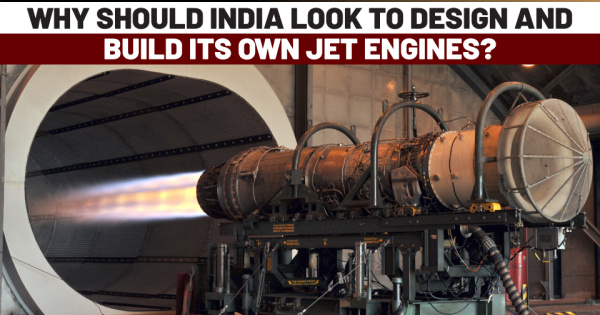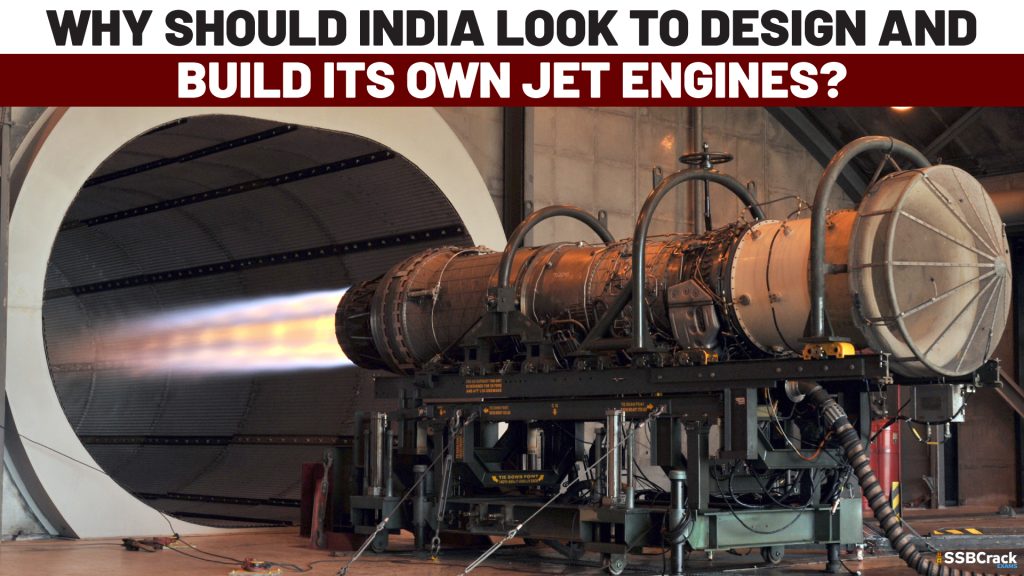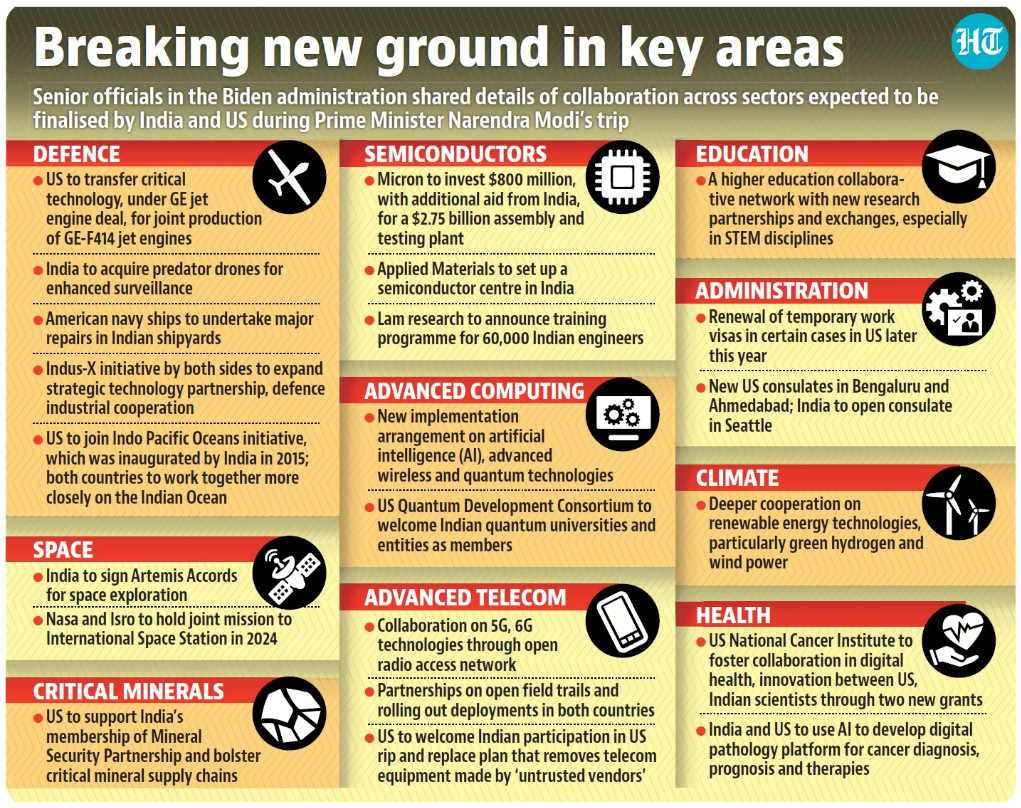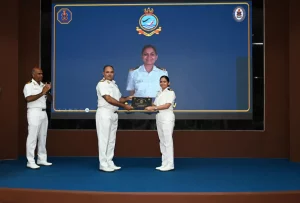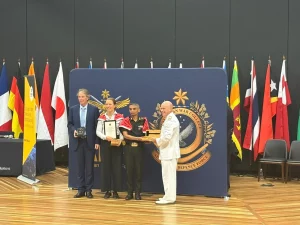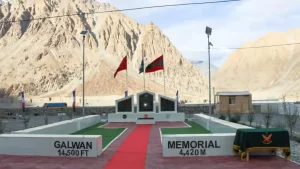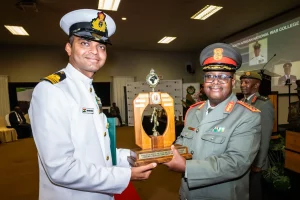While the signing of a memorandum of understanding between GE and Hindustan Aeronautics Ltd to jointly develop GE’s F414 engine for HAL’s TEJAS MK-2 fighter jets is good, total knowledge transfer is not guaranteed. The agreement includes the potential joint production of GE Aerospace’s F414 engines in India, and GE Aerospace continues to work with the US government to obtain the necessary export authorization.
Two Things that Stand Out
For one thing, a joint production of the engine in India remains a possibility rather than a firm commitment. Despite Prime Minister Narendra Modi’s visit to the US last week, the US government has not authorised the transfer of technology to India. This suggests that there is opposition to such technological sharing. As it stands, the deal negotiated attempts to increase the scope of technology transfer to 80% from 58% in 2012. Certain critical components would not be manufactured in India, nor would their technology be shared.
There is undoubtedly a case that can be made for India to strive to create its own engines for both civilian and fighter aircraft. This would necessitate a significant amount of engineering and funding. India possesses the engineering talent required for this. The funding should be provided by the government. In addition to GE, Rolls Royce, Pratt & Whitney, and CFM-Safran, the world might use a fifth major provider of aircraft engines. This might be a collaboration between HAL and BHEL.
The GE-F414 engine is a tried-and-true fighter powerplant. The F35, the most modern fighter jet in the United States Air Force, is powered by a Pratt & Whitney F135. The engine developed by GE and Rolls-Royce for the F35 was codenamed F136, but it was never completed since the final iteration was not financed by the US government. The point is that, while the GE-F414 engine is excellent, better engines are being developed, and if India is to achieve strategic autonomy, it must have its own fighter aircraft engines, with parts designed and manufactured in the country using technology not controlled by anyone else.
Making a Friend and a Foe
To fully transfer American defence technology to India, India would most likely have to end any partnership with Russian arms firms. That, or the Americans must rely on Indians to keep their technology out of Russian hands. Is India willing to cease the production of Brahmos cruise missiles in partnership with Russia, for example? Hardly. Will Americans trust the information integrity of a military-industrial complex in which Russians play a significant role? Most likely not. The ability to develop indigenous jet engines is very desirable. If we start now, we will most likely have a reliable engine for commercial aircraft in a decade. The initiative may eventually deliver fighter-jet engines.
How might BHEL, Maker of Power Generation Equipment, be a possible developer of Jet Engines?
Jet engines and industrial gas turbines are related. They differ in weight and compression ratios, and they deal with different amounts of heat and oxygen availability. After all, GE manufactures both types of turbines.
The Hyderabad division of BHEL manufactures gas turbines and has previously worked with GE. The Koraput facility of HAL was established to manufacture and service engines for Soviet-supplied fighter aircraft. One possibility is to combine these two units and allow them to generate a new type of fighter aircraft engine with or without GE. Another option is to support both divisions so that they can work independently on building aeroplane engines.
India is in a unique developmental stage, having moved into the lower-middle-income category of nations. With a GDP of more than $3.5 trillion, India has the resources to pursue specific goals. In the meantime, the cost of talent remains low. While IIT graduates can fetch very high wages, and many of the brightest emigrate soon after graduation, there is still a vast pool of talent available outside of the IITs. While the cost of resources for R&D is roughly the same around the world, the cost of engineering expertise varies dramatically. This is an area where India can excel. R&D, in the end, requires a lot of brainpower.
But, in the end, it all depends on whether there is enough political will to launch such a project. It’s possible that reinventing the wheel is a waste of time. However, redesigning jet engines could lead to better models with one distinguishing feature: no strings attached.
To crack the SSB Interview and join the Indian Army as an Officer, You can join our SSB interview live classes batch and we recommend you to Enroll SSB INTERVIEW ONLINE COURSE. Trusted by thousands of defence aspirants.
Also read:
